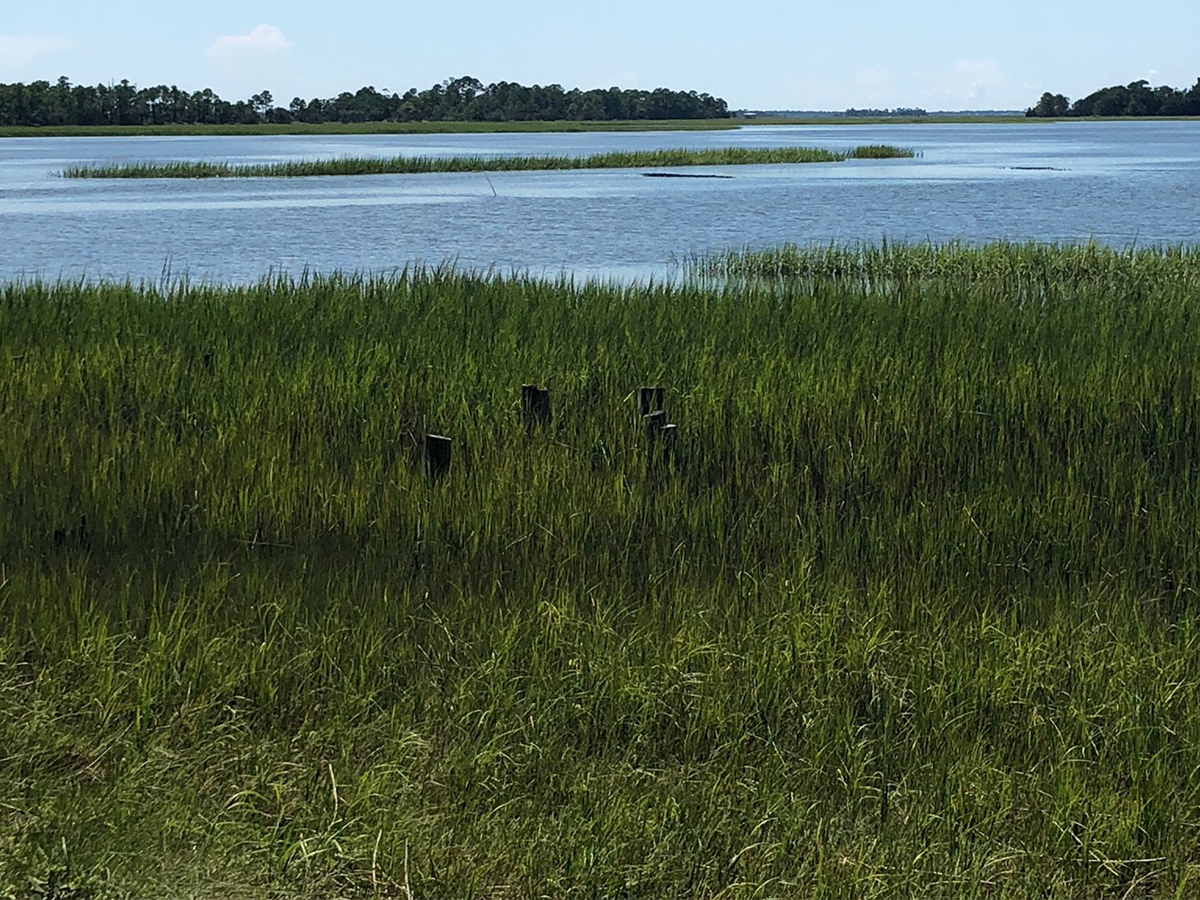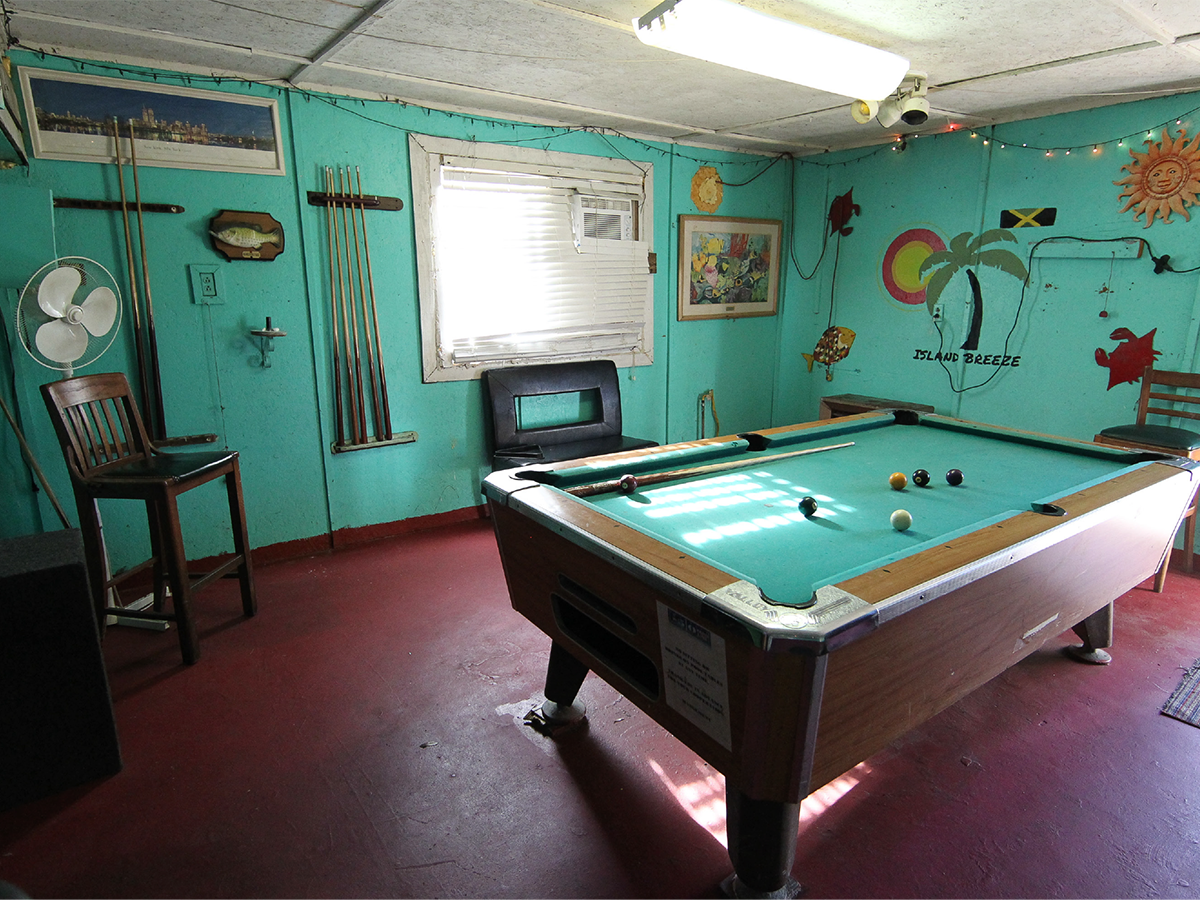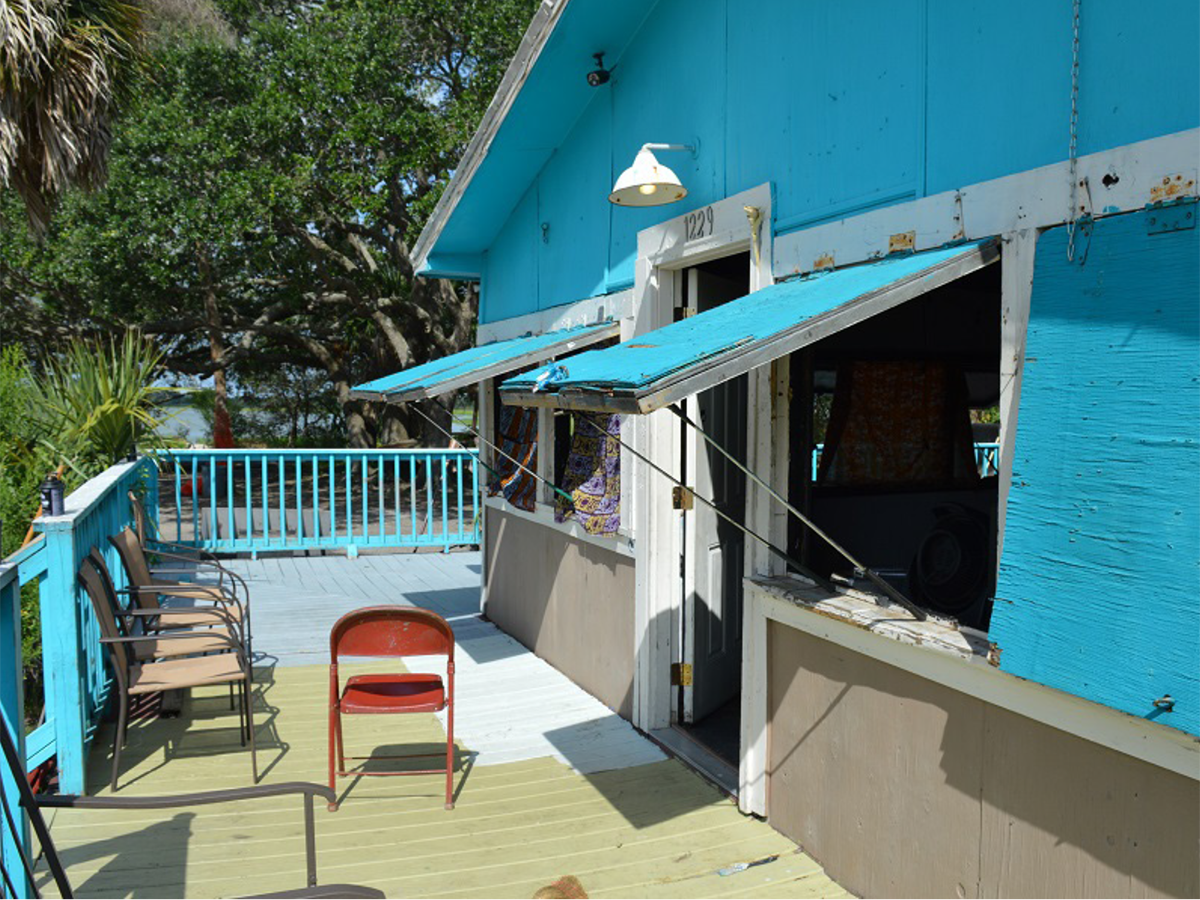Visit
Visit Mosquito Beach
Mosquito Beach is an island, within an island, within another island. It is an important part of Sol Legare and the larger James Island. Additionally, this whole area is a part of the Gullah Geechee Cultural Heritage Corridor. This is a 12,000 square mile, federal National Heritage Area that was designated by the U.S. Congress to recognize the history and unique culture of the Gullah Geechee people who have traditionally resided in the coastal areas and the islands of North Carolina, South Carolina, Georgia and Florida. Across the Gullah Geechee Cultural Heritage Corridor, you will find many heritage sites of historic and cultural significance to Gullah Geechee people—including Mosquito Beach. We encourage you to visit Mosquito Beach and other nearby heritage sites where you can explore the story and heritage of the Gullah Geechee people in the Lowcountry.
You can also explore the rich history of the African-American experience across the entire state of South Carolina by planning a trip using the Green Book of South Carolina, an online travel guide created by the SC African American Heritage Commission. It is an informative guide to over 300 sites including historic markers, churches, historic districts, history trails and historic buildings.
Ruins of the Singleton pavilion, looking southwest over King Flats Creek, photo taken by Historic Charleston Foundation September 2018
Rear interior northwest corner of Island Breeze, photo taken by Historic Charleston Foundation March 2019
This material was produced with assistance from the African American Civil Rights grant program, administered by the National Park Service, Department of the Interior. Any opinions, findings, and conclusions or recommendations expressed in this material are those of the author(s) and do not necessarily reflect the views of the Department of the Interior.
This material was produced with assistance from the African American Civil Rights grant program, administered by the National Park Service, Department of the Interior. Any opinions, findings, and conclusions or recommendations expressed in this material are those of the author(s) and do not necessarily reflect the views of the Department of the Interior.




